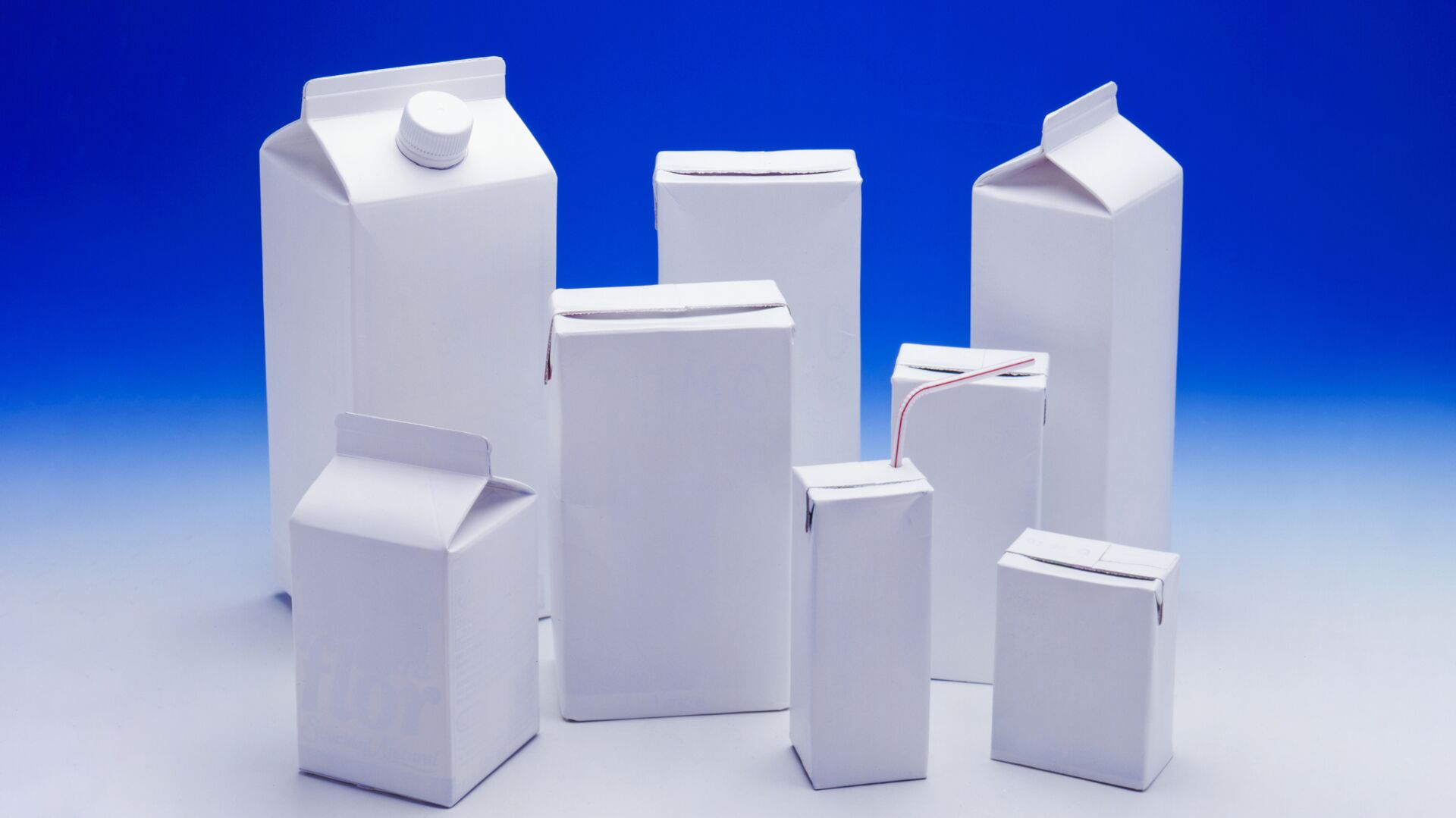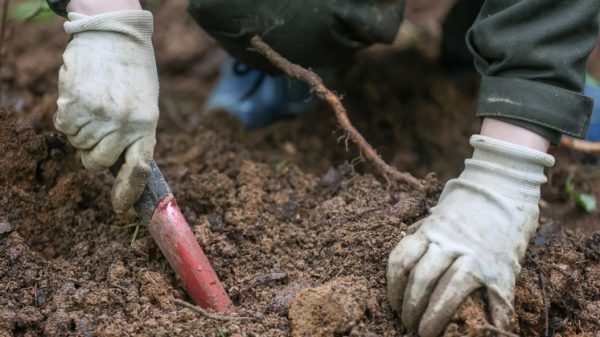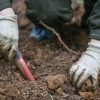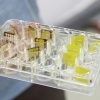
MOSCOW, November 16. The dry grinding method for recycling multi-component paper of the Tetra Pak type was proposed by scientists from Northern (Arctic) Federal University. According to them, this technology will simplify disposal and make it possible to reuse this type of waste. This was reported in the press service of the university.
As the researchers note, in Russia most of the complex paper products are not recycled, but end up in landfills and lead to the accumulation of solid waste. Such waste paper includes multi-component packaging, laminated and foil paper such as Tetra Pak and moisture-resistant types of cardboard.
Scientists from the Northern (Arctic) Federal University named after M.V. Lomonosov (NAFU) have tested dry grinding technology, which makes it possible to preserve the important properties of fiber in waste paper that is difficult to process using classical technologies and ensure their reuse in the production of paper and cardboard.
< span class="share" data-nosnippet="true" data-id="1909077931" data-url="https://ria.ru/20231114/nauka-1909077931.html" data->
«
“By dry milling, the plastic layers are shredded and can be more efficiently removed from the fiber mass or, for example, integrated into it to produce designer speckled papers and boards. We studied the properties of the resulting mass and identified its suitability for recycling into paper products,” said Yulia Sevastyanova, professor at the Department of Pulp, Paper and Wood Chemical Production of Northern Federal University.
She added that traditionally, so-called wet processes are used in the processing of paper products, that is, those occurring in the presence of water. Typically, the dissolution of waste paper occurs in an aqueous environment, in hydraulic thinners, which causes high costs and is ineffective for multi-component packaging.
«In Russia there are no operating paper production plants that use difficult-to-recycle combined packaging using the dry grinding method again in paper and cardboard, although the method is known in the world. The advantage of our development lies precisely in the ability to recycle that segment of waste paper that is not in demand today and is sent to landfills, increasing the amount of solid waste,» said Natalya, head of the department of pulp, paper and wood chemical production of NArFU Shcherbak.
The research team will continue to develop methods and tools for recycling various types of paper and cardboard waste. This provides a prerequisite for a feasibility study for the creation of new high-tech production facilities for the recycling of difficult-to-recycle types of waste paper.



















































Свежие комментарии